
The University of Tartu is a public research university located in the city of Tartu, Estonia. It is the national university of Estonia. It is also the largest and oldest university in the country. The university was founded under the name of Academia Gustaviana in 1632 by Baron Johan Skytte, the Governor-General of Swedish Livonia, Ingria, and Karelia, with the required ratification provided by King Gustavus Adolphus, shortly before the king's death on 6 November in the Battle of Lützen (1632).
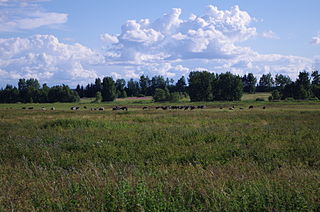
Tartu County is one of 15 counties of Estonia.

Established in 1918, Tallinn University of Technology is the only technical university in Estonia. TalTech, in the capital city of Tallinn, is a university for engineering, business, public administration and maritime affairs. TalTech has colleges in Tartu and Kohtla-Järve. Despite the similar names, Tallinn University and Tallinn University of Technology are separate institutions.

A teaching assistant (TA) or education assistant (EA) is an individual who assists a professor or teacher with instructional responsibilities. TAs include graduate teaching assistants (GTAs), who are graduate students; undergraduate teaching assistants (UTAs), who are undergraduate students; secondary school TAs, who are either high school students or adults; and elementary school TAs, who are adults.

Tõnis Lukas is an Estonian politician, former Minister of Culture from 2019 to 2021 and Minister of Education and Research from 1999 to 2002 and from 2007 to 2011.

The history of Jews in Estonia starts with reports of the presence of individual Jews in what is now Estonia from as early as the 14th century.
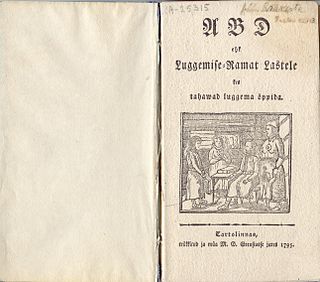
The history of formal education in Estonia dates back to the 13–14th centuries when the first monastic and cathedral schools were founded. The first primer in the Estonian language was published in 1575. The oldest university is the University of Tartu which was established during the reign of King Gustav II Adolf of Sweden in 1632. The beginnings of the Estonian public education system appeared in the 1680s, largely due to efforts of Bengt Forselius, who also introduced orthographical reforms to written Estonian.

The Estonian Academy of Arts is the only public university in Estonia providing higher education in art, design, architecture, media, art history and conservation-restoration. It is based in Tallinn.
Elmar Tampõld was an Estonian-Canadian architect and founder of an academic base for Estonian studies in Toronto.

Pallas University of Applied Sciences is a university of applied sciences that provides art education in Tartu, Estonia. It was founded on 1 August 2000. The university is situated in Karlova. The rector is Vallo Nuust.

University of Tartu Viljandi Culture Academy is an Estonian institution of higher education, situated in the provincial town of Viljandi, central Estonia. The UT Viljandi Culture Academy merged with the University of Tartu in 2005. The UT VCA has been teaching professional higher education and performing applied research within information science, culture education and creative arts since 1952. The academy has about 700 students, half of whom are open university students. The teaching and instruction are based on the continuity and sustainability of Estonian native culture enriched by new impulses which widen the notion of traditional culture.
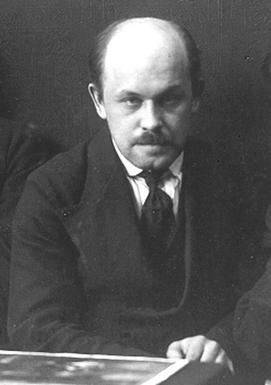
Nikolai Voldemar Triik was an Estonian Modernist painter, graphic artist, printmaker and professor. His work displays elements of Symbolism and Expressionism.
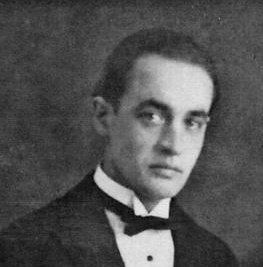
Kuno Veeber was an Estonian painter and graphic artist whose career began in the late 1910s.

Agaate Veeber was an Estonian graphic artist and illustrator who began her career in the 1920s in her native country of Estonia and continued in the United States after immigrating in 1948.
Kaur Alttoa is an Estonian art historian and cultural historian.

Valli Lember-Bogatkina was known as "The Grand Old Lady of Estonian watercolor". Her works are exhibited in cities around the world.
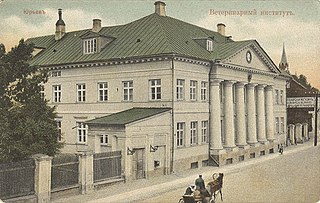
Tartu Veterinary Institute was an institute which provided a university level education in veterinary medicine. It was located in Tartu, Estonia. The institute was established in 1848 and was, therefore, the oldest veterinary school in Imperial Russia.
Pallas Art School was an Estonian art school which existed from 1919 to 1944 in Tartu. The school was the first Estonian art school that offered higher education in art.
Lepo Mikko was an Estonian painter and teacher.
Tõnis Soop was an Estonian painter and teacher.














